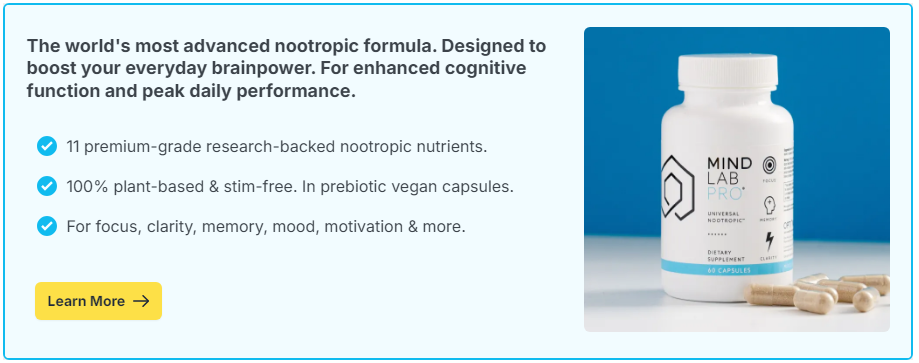
When we think about brain health, we often focus on big-picture factors like memory, focus, or emotional balance. But behind the scenes, those functions depend on microscopic chemical messengers called neurotransmitters. And to make those messengers, your brain relies heavily on certain nutrients—especially vitamin B6.
B6 might not be flashy, but it’s one of the most critical players in the production and regulation of the chemicals that allow your brain cells to communicate. Without it, your mood, focus, and even sleep patterns can be thrown off balance.
Contents
What Is Vitamin B6?
Vitamin B6, also known as pyridoxine, is a water-soluble vitamin involved in more than 100 enzyme reactions in the body. In the brain, its most important job is helping to convert amino acids (the building blocks of protein) into neurotransmitters—the signaling chemicals that control everything from motivation to calmness.
Which Neurotransmitters Depend on B6?
B6 is required for the synthesis of several key neurotransmitters, including:
- Serotonin: Often called the “feel-good” chemical, it regulates mood, appetite, and sleep. B6 helps convert the amino acid tryptophan into serotonin.
- Dopamine: Involved in motivation, pleasure, and learning. B6 supports the conversion of L-DOPA into dopamine.
- Norepinephrine: This neurotransmitter helps with focus and the stress response. It’s made from dopamine with help from B6.
- GABA (gamma-aminobutyric acid): The brain’s main calming chemical. B6 is essential for converting glutamate (an excitatory neurotransmitter) into GABA.
Without enough B6, these conversions slow down or stop, potentially leading to symptoms like anxiety, irritability, brain fog, low motivation, or poor sleep.
What Happens When B6 Is Low?
Even a mild B6 deficiency can impact neurotransmitter balance. People with low levels often experience mood swings, increased stress sensitivity, or trouble concentrating. More severe deficiencies may lead to depression, confusion, and even neurological symptoms like numbness or tingling.
Certain groups are more at risk, including:
- Older adults (due to reduced absorption)
- People with alcohol dependence
- Those taking medications like birth control pills or certain anticonvulsants
- Individuals with kidney or digestive disorders
Low B6 doesn’t always show up on standard blood tests, and symptoms can be vague. But if you’ve noticed changes in mood, sleep, or cognitive sharpness, it could be worth exploring.
How Much Do You Need?
The recommended daily intake for most adults is about 1.3–2 mg of vitamin B6. However, some research suggests that higher doses—typically between 25 and 50 mg daily—may be more effective for supporting brain health, particularly in people with symptoms related to neurotransmitter imbalance.
Good food sources of B6 include:
- Poultry (like chicken and turkey)
- Salmon and tuna
- Bananas
- Chickpeas
- Fortified cereals
Supplementation is often used for therapeutic support, especially when dietary intake isn’t enough or absorption is compromised. Most supplements use pyridoxine hydrochloride, but some also include the active form, pyridoxal-5-phosphate (P5P), which may be more easily used by the body.
Does More B6 Mean More Neurotransmitters?
Up to a point, yes. If your body is short on B6, supplementing can restore neurotransmitter production and improve symptoms. But B6 works best as part of a balanced system—it doesn’t act alone. Other B-vitamins, minerals, and amino acids also play supporting roles in this complex process. So while B6 is a key piece of the puzzle, it’s not the whole picture.
The Bottom Line
Vitamin B6 plays a vital role in neurotransmitter production by helping convert amino acids into serotonin, dopamine, GABA, and norepinephrine. These brain chemicals influence everything from mood to memory, and even small deficiencies in B6 can throw off your mental balance.
If you’re experiencing brain fog, mood dips, or stress sensitivity, supporting B6 intake through diet or supplements may be a simple but effective way to help your brain function at its best.

